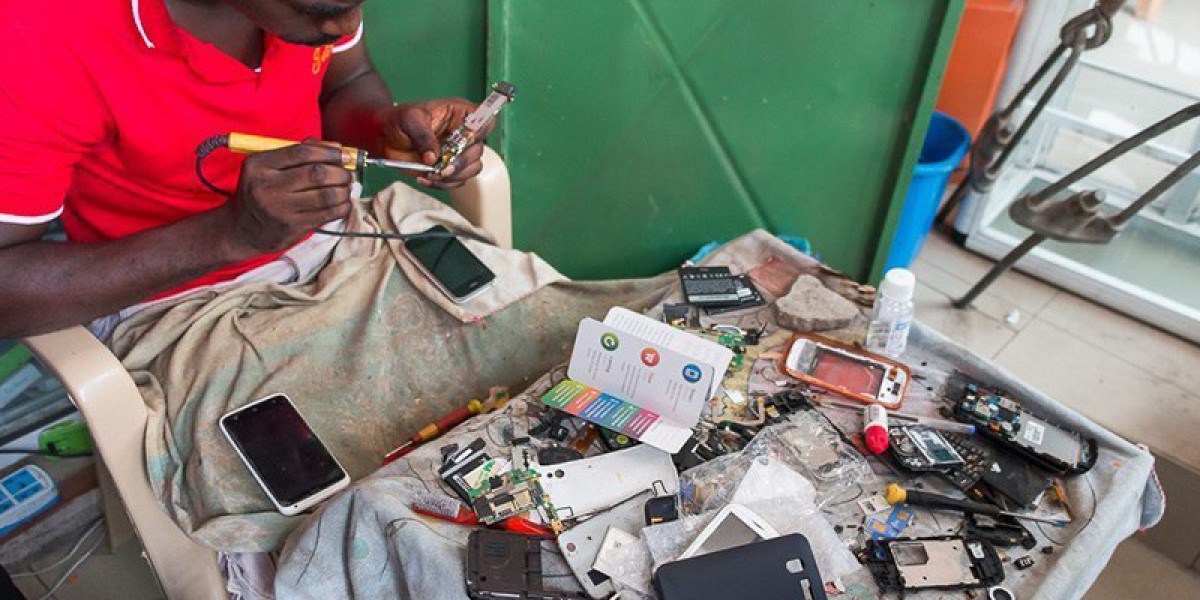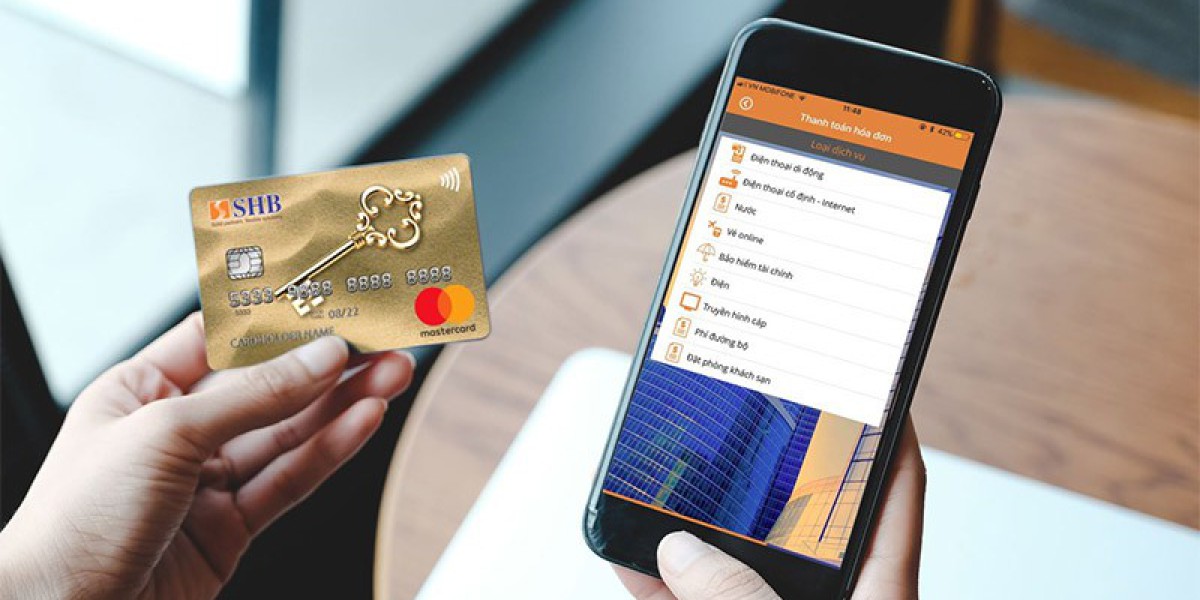Simply tossing them in the trash isn't the answer. Electronic waste, or e-waste, can harm the environment and our health if not disposed of properly.
Luckily, Australia has initiatives in place to help us get rid of our old electronics responsibly. Let's dive into how you can do your part in recycling e-waste.
What is E-Waste?
First off, what exactly is e-waste? It's an electronic device that's no longer wanted or needed.
This includes:
- Things like old computers
- TVs
- Phones
- Even kitchen appliances like microwaves
These devices contain valuable materials like metals and plastics, but they also contain hazardous substances that can pollute the environment if not handled correctly.
How Does E-Waste Disposal Work in Australia?
The Australian government has set up programs to make it easier for us to recycle our e-waste. One such program is the National Television and Computer Recycling Scheme (NTCRS).
This scheme lets us recycle our electronic waste for free at designated collection points across the country. So instead of throwing your old TV or computer in the bin, you can take it to one of these collection points and ensure it gets recycled properly.
Another program to know about is TechCollect. This program collects e-waste from approved drop-off sites and makes sure that at least 90% of the materials recovered from the e-waste are used to make new products.
They do this by dismantling, shredding, and sorting the electronic devices into different parts and materials, which are then sent to specialist processing facilities.
What Can You Do?
Now that you know about these programs, how can you get involved? Here are some simple steps you can take:
1. Recycle Your Devices
Instead of throwing your old electronics in the trash, take them to a collection point or drop-off site. This ensures that valuable materials are recovered and reused, rather than ending up in a landfill.
2. Repair or Donate
If your old device still works, consider repairing it instead of buying a new one. You can also donate working electronics to charities or individuals in need.
This gives your device a second life and reduces e-waste.
3. Find Recycling Facilities
Look for e-waste recycling facilities in your area. Many local councils and private companies offer recycling services, making it easy to dispose of your old electronics responsibly.
4. Dispose of Hazardous Materials Safely
Some electronic devices contain hazardous materials like batteries and fluorescent bulbs. Make sure to dispose of these items safely at designated collection points or hazardous waste facilities.
5. Spread the Word
Lastly, spread the word about the importance of e-waste recycling to your friends, family, and community. Encourage others to join you in recycling their old electronics and making a positive impact on the environment.
Conclusion
Properly disposing of e-waste is essential for protecting the environment and conserving valuable resources. Programs like the NTCRS and TechCollect make it easy for Australians to recycle their old electronics responsibly.
By following simple steps like recycling your devices, repairing or donating them, and spreading awareness, you can make a difference in reducing e-waste and creating a cleaner, healthier world for all. So next time you're ready to upgrade your phone or toss out that old computer, remember to recycle it instead.
Together, we can make a positive impact on our planet and ensure a brighter future for generations to come. Ready to recycle your old electronics?
Visit Skip Bin Hire Cannington to find the nearest collection point or drop-off site near Western Australia. Let's work together to make a difference!







